CHIME Research
CHIME research focuses on building understanding of how hazard prediction and communication interact with people’s risk interpretations and protective decisions in the modern information environment, as a hazard approaches and arrives. The project brings together computer and information sciences, atmospheric and related sciences, and social and behavioral sciences to address three major research questions:
- How does evolving information about hurricane risk propagate through the information system as a hurricane approaches, and how do members of the public access, interpret, and respond to this information?
- How does communication of risk in the modern information environment alleviate or exacerbate societal vulnerability to hurricanes?
- Given recent and ongoing developments in hurricane hazard prediction, information and communication technology, and the roles of citizen actors, how can hurricane forecast and warning information and its communication be improved?
We investigate these questions from multiple overlapping perspectives, through a combination of:
- high-resolution ensemble hurricane and storm-surge modeling,
- agent-based modeling of social actors who pursue, process, and transmit information,
- analysis of data from social media streams,
- focus groups with at-risk populations, and
- development and testing of prototype integrations of information.
Research Areas
Hurricane and Storm-surge Modeling
The hurricane and storm surge modeling uses the Advanced Circulation (ADCIRC) model to generate high-resolution storm surge simulations that include inundation and fine-scale features. We are utilizing this modeling to advance the science of coupled hazard predictions, to quantify the predictability of storm surge, and to investigate the sensitivity of storm surge predictive skill to different contributors (e.g., hurricane track, high-resolution wind field, storm surge model) at various lead times.
The modeling will also be used in developing the prototype integrations of information and to run coupled experiments with the agent-based model.
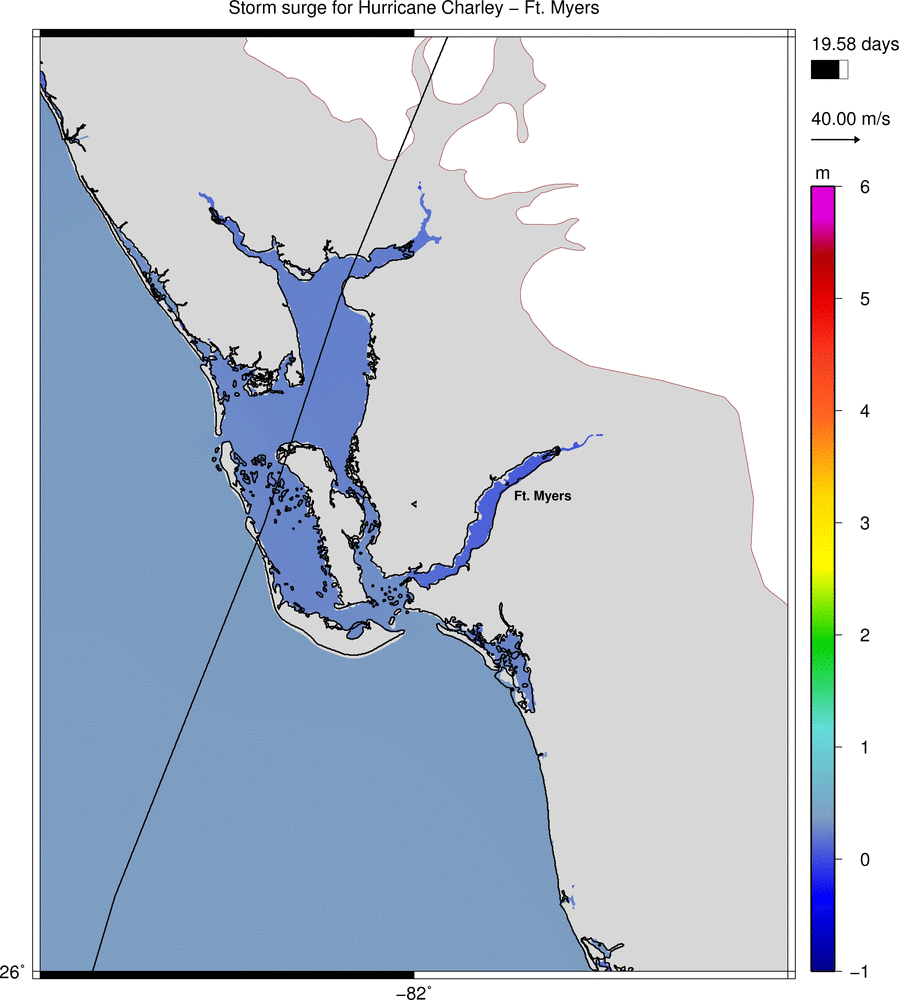
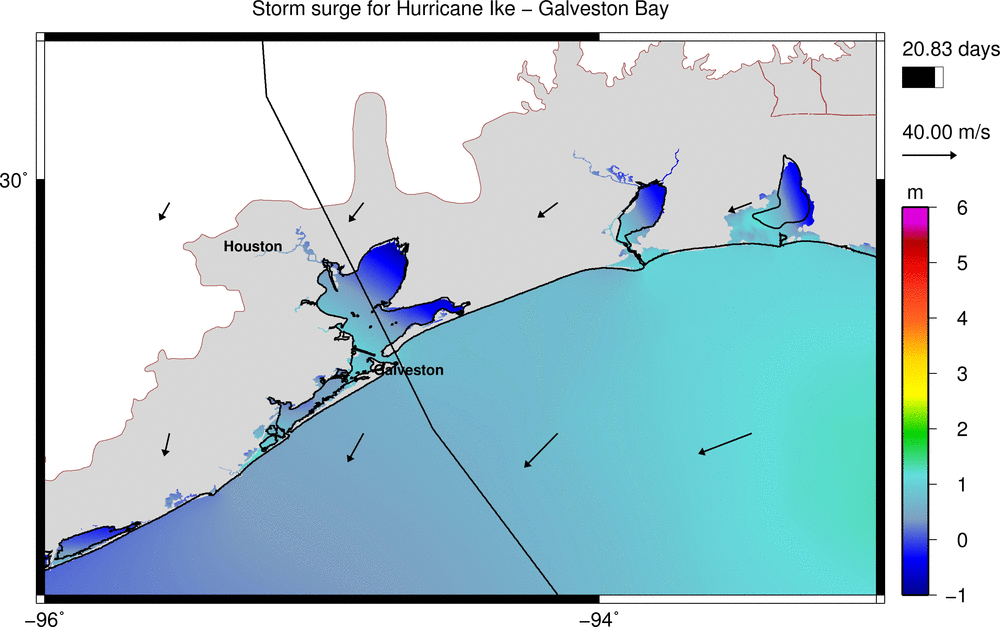

Agent-based Modeling
The agent-based modeling involves computationally simulating networks of social actors who pursue, process, and transmit information as a hurricane approaches and arrives. Because real human behaviors are highly complex, the goal of the agent-based modeling research is not to represent behavioral processes perfectly. Rather, we are using the agent-based modeling to gain understanding of complex human responses to different kinds of information, in different social contexts, with a framework that allows complexity to be added systematically.
The agent-based model will also be coupled with the hurricane and storm surge modeling and used to perform computational experiments exploring how information can propagate through the system under different conditions.
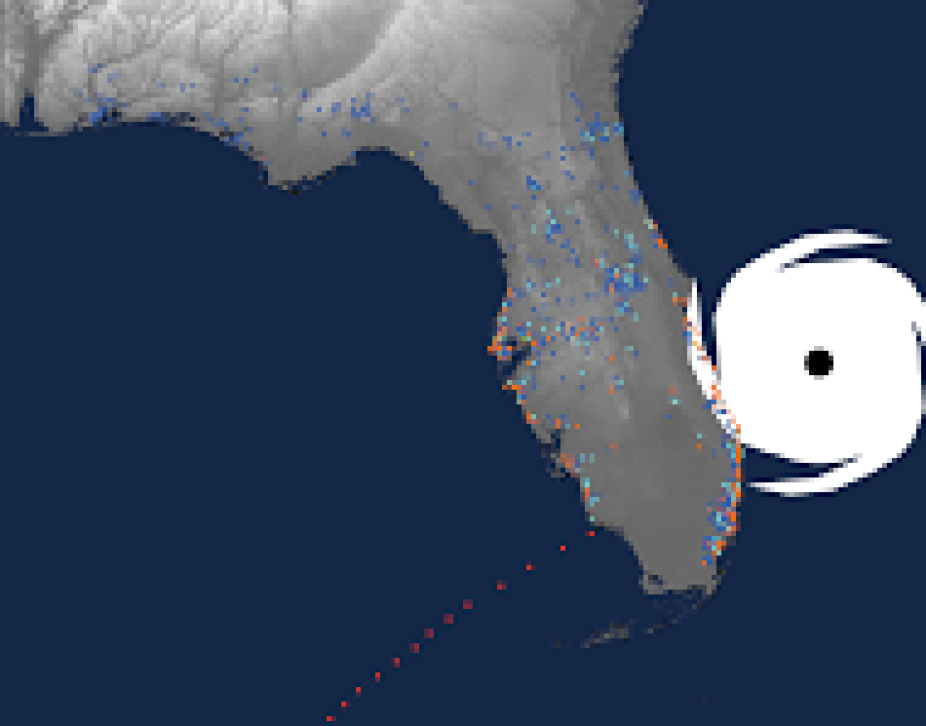
Analysis of Data from Social Media Streams
The analysis of social media data seeks to investigate how people interact with, interpret, use, and propagate information about hazards from different sources in the digital sphere. The goal of our analysis is to uncover not just who is publicly posting about hazard threats and how much, but also what, why and how. This involves combining qualitative and quantitative investigation over a large number of data points at multiple levels of analysis. We do so by integrating data-driven exploration of very large data sets with social science theory of hazards and disasters.
The analysis is beginning with examination of Twitter and related data sets collected during the forecast and warning, event, and response and recovery stages of Hurricane Sandy and the 2013 Colorado flooding. Findings from the social media research will also be used to inform the focus groups with at-risk populations and the agent-based modeling.

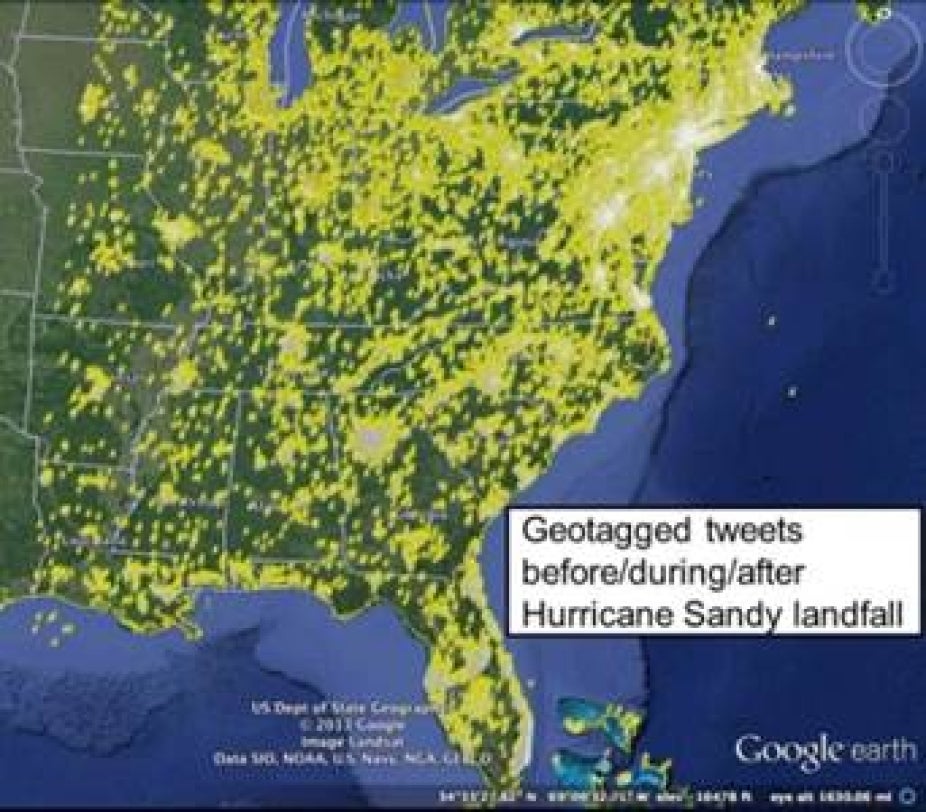
Focus Groups with At-Risk Populations
To complement and contextualize the analysis of data from social media streams on Twitter, project researchers conducted focus groups with community members in several New York City neighborhoods that were drastically affected when Sandy made landfall on October 29, 2012. Over three days in mid-October 2015, focus groups were conducted in Red Hook and Coney Island, Brooklyn; Midland Beach and Port Richmond, Staten Island; and in Far Rockaway, Queens. Participants included those from Spanish-speaking communities, Russian immigrants, residents of senior housing, people with fewer economic resources, and groups that are potentially vulnerable because they are disconnected digitally from hazard information available online.
Focus group participants shared valuable insights and information about their experiences with Sandy, their concerns, and suggestions for the forecasting and emergency management community. Recordings of the focus groups have been translated, when necessary, and transcribed, and a two-page overview of initial insights has been delivered to representatives of the communities who participated in focus groups. During the first half of 2016, the team will develop a coding scheme and analyze the focus group transcripts. The analysis will 1) yield insights about how people who are at risk of hurricane impacts interact with hurricane information, 2) offer ways to contextualize how the digital divide affects people who are vulnerable to an approaching hurricane, and 3) help the weather community understand the role of communication of hurricane information as a form of adaptive capacity.
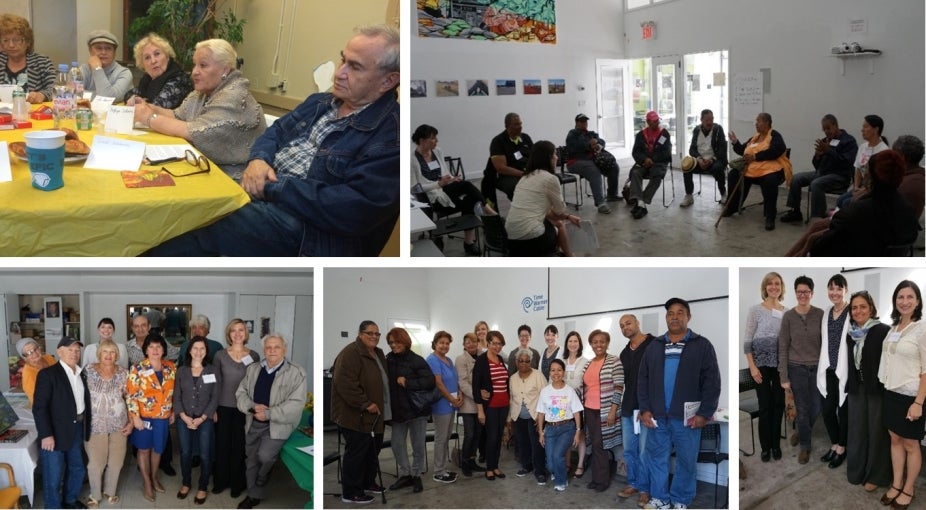
Development and Testing of Information Prototypes
Risk information presented in a manner that allows people to visualize and personalize this information at a local scale (e.g., neighborhoods) can help communicate potential impacts and damages from hurricanes and other hazards. To investigate the potential of geospatial visual technologies in communicating hurricane risk with members of the public, the project team will utilize knowledge gained throughout the project to develop prototype visual messages integrating physical and societal risk information. We will then use focus groups with members of the general population to explore people’s information and protective behavioral responses to these prototypes.